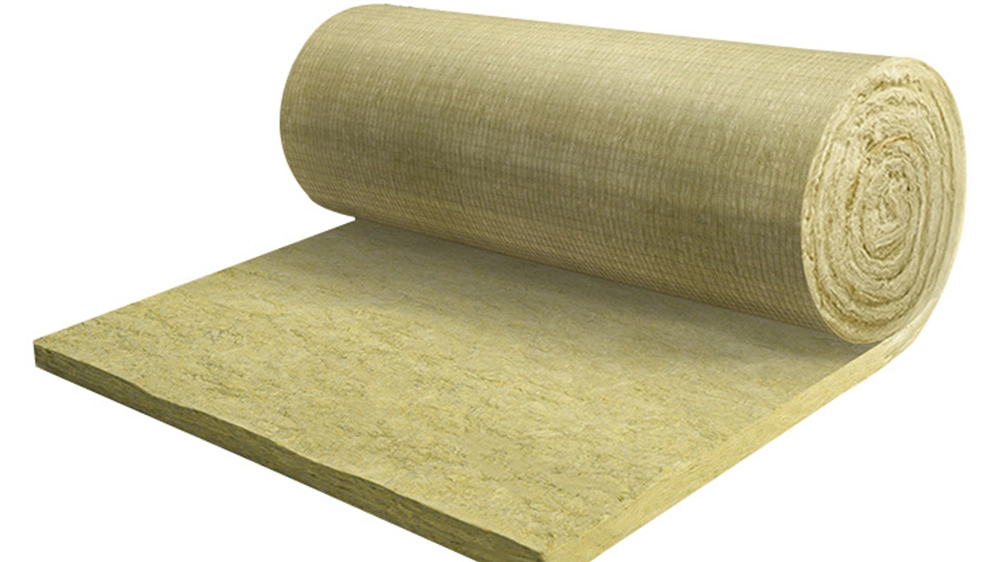What is the best foam for HVAC? | FUNAS Guide
Choosing the best foam for HVAC insulation requires understanding PUR, PIR, and XPS properties. This article compares these materials, highlighting thermal performance, moisture resistance, and cost-effectiveness to guide professionals in selecting the ideal insulation for optimal HVAC system efficiency.
What is the Best Foam for HVAC? FUNAS
Choosing the right foam for HVAC insulation can be tricky. This article clarifies the selection process by comparing common foam types, highlighting their thermal performance, and addressing key factors for optimal HVAC system efficiency.
Understanding the Needs of HVAC Insulation
Effective HVAC insulation minimizes energy loss, improving system efficiency and reducing operational costs. The best foam depends on several factors including application (pipes, ducts, equipment), environmental conditions, and regulatory requirements. Key properties to consider are thermal conductivity (R-value), moisture resistance, and flammability.
Comparing Common Foam Types for HVAC Applications
Several foam types excel in HVAC insulation. Let's examine their strengths and weaknesses:
Polyurethane Foam (PUR)
PUR offers excellent thermal performance with high R-values, making it a popular choice for both closed-cell and open-cell applications. Closed-cell PUR provides superior moisture resistance, ideal for exterior applications or areas prone to condensation. Open-cell PUR, though less moisture-resistant, offers superior vapor permeability, suitable for interior applications.
Polyisocyanurate Foam (PIR)
PIR boasts even higher R-values than PUR, making it an excellent option where space is limited and maximum thermal performance is crucial. Its dimensional stability and fire resistance are also significant advantages.
Extruded Polystyrene (XPS)
XPS provides good thermal performance and is relatively inexpensive. Its high compressive strength makes it suitable for applications requiring load-bearing capacity. However, its moisture absorption can be a concern in certain environments.
Factors Influencing Foam Selection for HVAC
Beyond the inherent properties of the foam itself, consider these critical factors:
* Application: Insulation needs differ for ducts, pipes, and equipment.
* Environmental conditions: Humidity, temperature extremes, and UV exposure affect foam performance.
* Fire safety regulations: Building codes dictate flammability requirements for insulation materials.
* Installation method: Some foams are easier to apply than others.
* Cost-effectiveness: Balance initial material cost with long-term energy savings.
Conclusion
Selecting the best foam for HVAC applications requires careful consideration of numerous factors. Understanding the strengths and weaknesses of various foam types – PUR, PIR, and XPS – allows for informed decisions that optimize energy efficiency, durability, and cost-effectiveness. Consult industry standards and local building codes to ensure compliance and best practice.

Global Rock Wool Board Suppliers Guide

How to Insulate New Construction: A Comprehensive Guide

Does Heat Insulation Work? The Ultimate Guide to FUNAS Insulation Solutions

Ultimate Guide: What is Insulating a House?

Top Thermal Insulation Materials List for 2025
FAQ
How to start a consultation?
You can contact us through our website, phone, or email. We will arrange a professional staff to discuss your needs about best thermal insulator and how we can help you.
What is the typical delivery time for custom orders?
Our daily production capacity is 800 cubic meters. Delivery time varies depending on the complexity of the insulation material wholesale order, but we can deliver large quantities of customized products within 4-6 weeks after the approval date, and small quantities can be delivered within 15 days.
service
Are your rubber foam products environmentally friendly?
Yes, our insulation products are designed with sustainability in mind. They help reduce energy consumption by minimizing heat loss and gain, and they are made from durable materials that have a long life cycle, reducing the need for frequent replacement.
What types of rubber foam insulation products do you offer?
We offer a wide range of rubber foam insulation products, including custom shapes and sizes, thermal and acoustic insulation solutions, and options with specialized coatings such as flame retardancy and water resistance. Our products are suitable for applications in HVAC, automotive, construction, and more.
What is your shipping and delivery process like?
We offer reliable logistics services for insulation material wholesale, both domestically and internationally. Our team ensures secure packaging, timely shipping, and real-time tracking so that your order reaches you in perfect condition and on schedule.
You might also like



This product has passed the national GB33372-2020 standard and GB18583-2008 standard. (The product is a yellow liquid.)
Anggu foam phenolic glue is a kind of glue with corrosion resistance, low odor, high strength and excellent brushing property. Can be sprayed for construction with fast surface drying speed, long bonding time, no chalking and convenient operation.

This product has passed the EU REACH non-toxic standard, ROHS non-toxic standard. (The product is black glue.)
Anggu 820glue is a low-odor, high-strength quick-drying glue; Fast drying speed, long bonding time, no powder, non-toxic.
Discover effective strategies for insulating new construction with our comprehensive guide by FUNAS. Learn key techniques and materials to enhance energy efficiency, reduce costs, and ensure comfort in your new building. Dive into expert insights on how to insulate new construction and make informed decisions that promote sustainability and durability. Elevate your construction projects with FUNAS.
Leave a message
Have any questions or concerns about our products? Please leave us a message here and our team will get back to you promptly.
Your queries, ideas, and collaboration opportunities are just a click away. Let’s start a conversation.


















































